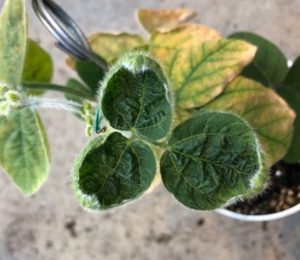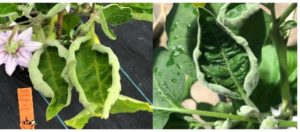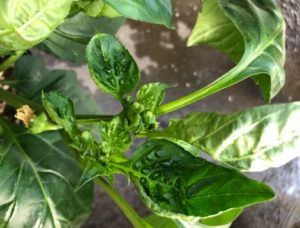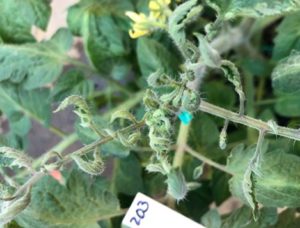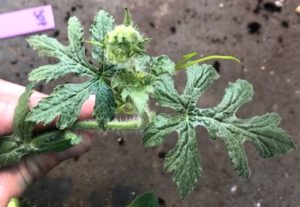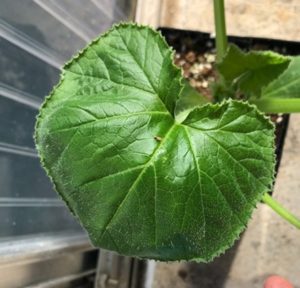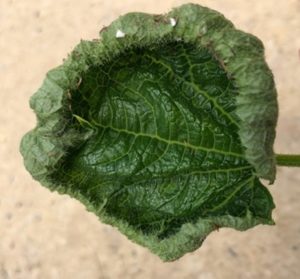On February 6, 2024, the U.S. District Court of Arizona vacated the registrations of three dicamba products (Engenia 5L, Xtendimax 2.9L and Tavium 3.39CS) labeled for over-the-top use in Xtend and XtendFlex soybean systems. After several days of uncertainty, we now have guidance from the EPA about use of these products in the 2024 growing season. Based on the Court’s decision, the EPA considers these products to be no longer registered but allows for use of existing stocks under limited conditions:
- Use of products: The EPA’s “existing stocks order” allows private and commercial applicators to use existing stocks that were acquired by May 31, 2024. Applications of these products are permitted until June 30, 2024, in Xtend brand soybean fields.
- Distribution and sale: The EPA order limits further distribution and sales of these products to only existing stocks that were in possession of dealers prior to February 6, 2024, to facilitate use of the product by the June 30 deadline. In other words, the major manufacturers/registrants of these products are not allowed to sell them anymore, but any dealers with an existing inventory may sell these products until May 31, 2024, and applicators may spray them, according to their label, until June 30, 2024.
- Dicamba training: To use any of these Xtend-specific dicamba products, special dicamba training must be done annually to purchase and apply them. Training is reciprocal across brands, meaning an applicator only needs to take one dicamba-specific training each year; no matter what product is used, and which organization does the training. For more information about online dicamba training options and other specifics see:
Keep in mind, other dicamba-containing products such as Clarity, Diflexx, Status, and the many generics cannot be legally sprayed over-the-top of Xtend brand soybeans. However, the use of glyphosate and glufosinate (Liberty, etc.) products can still be used depending on the variety.
Enlist E3 soybean varieties have not been affected by this lawsuit and thus registered 2,4-D choline products (Enlist One and Duo) can be used in that system. These and other 2,4-D products cannot be applied over-the-top in Xtend/XtendFlex soybean systems, otherwise major crop damage will occur.
We will continue to provide updates if more details emerge. The EPA order and summary can be found here: Existing Stocks Order for Dicamba Products Previously Registered for Over-the-Top Use on Dicamba-Tolerant Cotton and Soybean (PDF).


